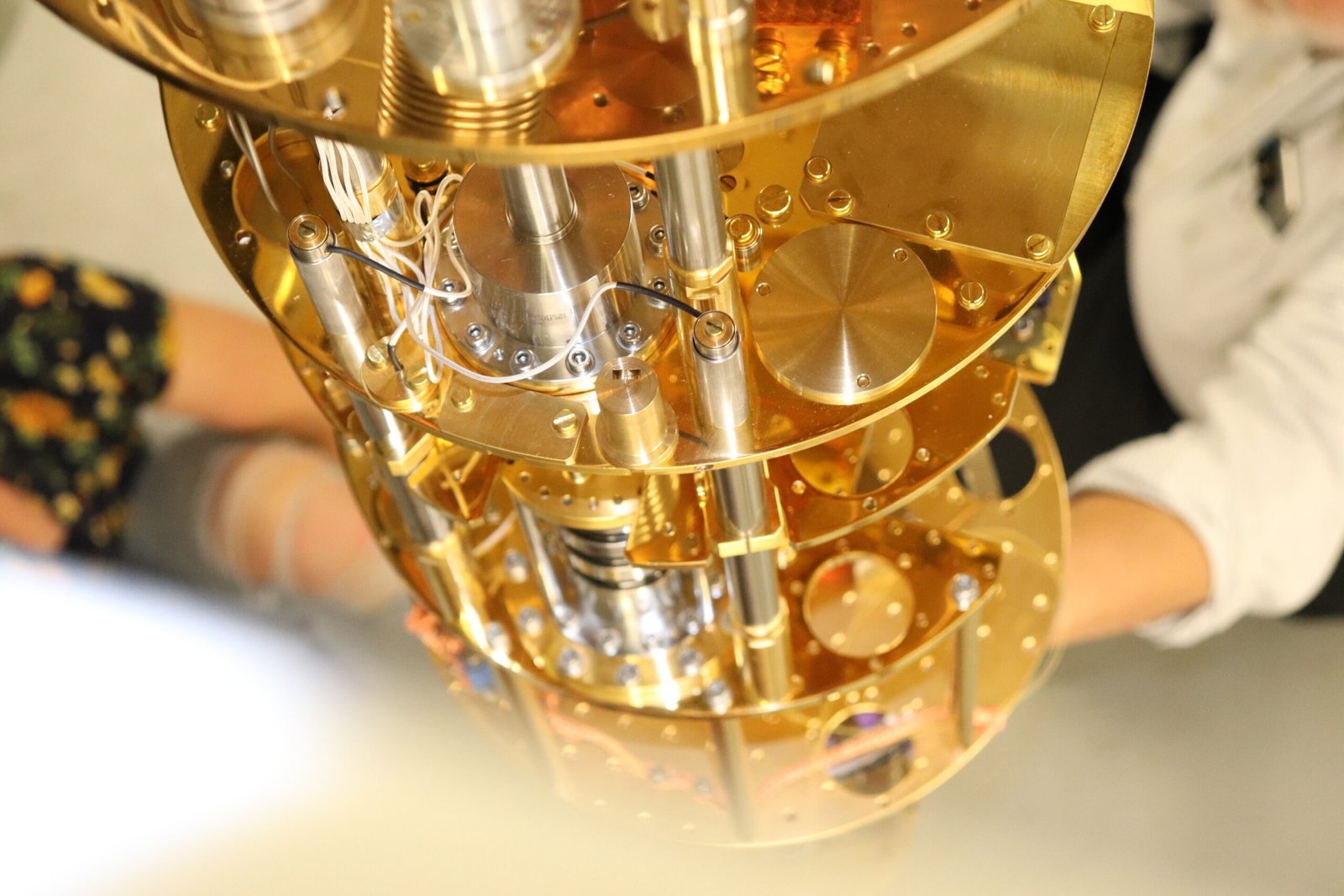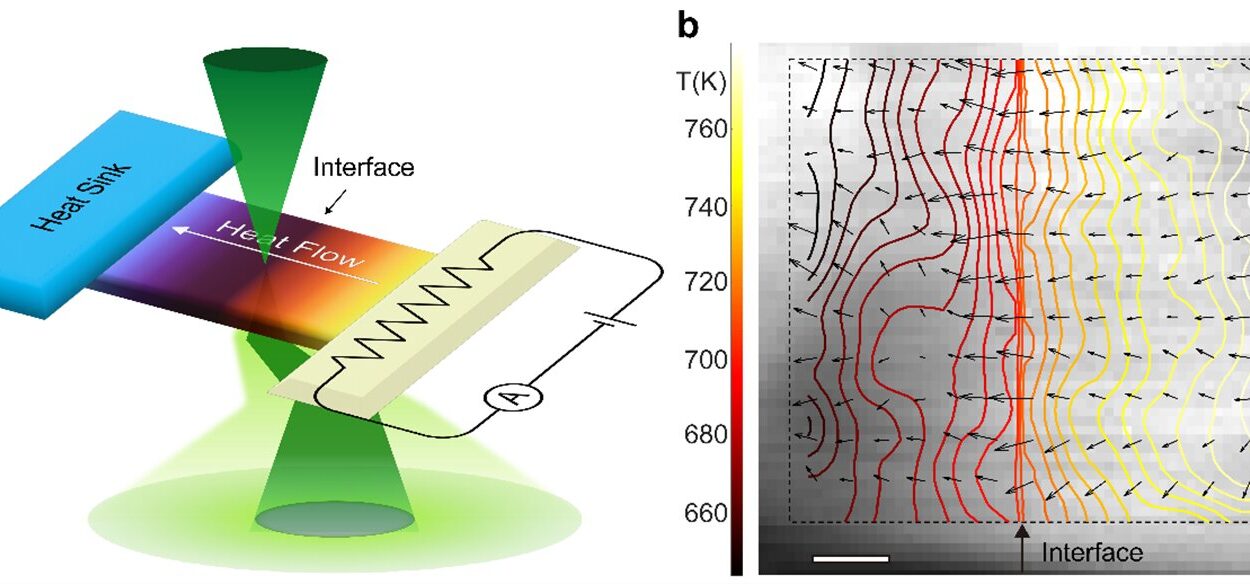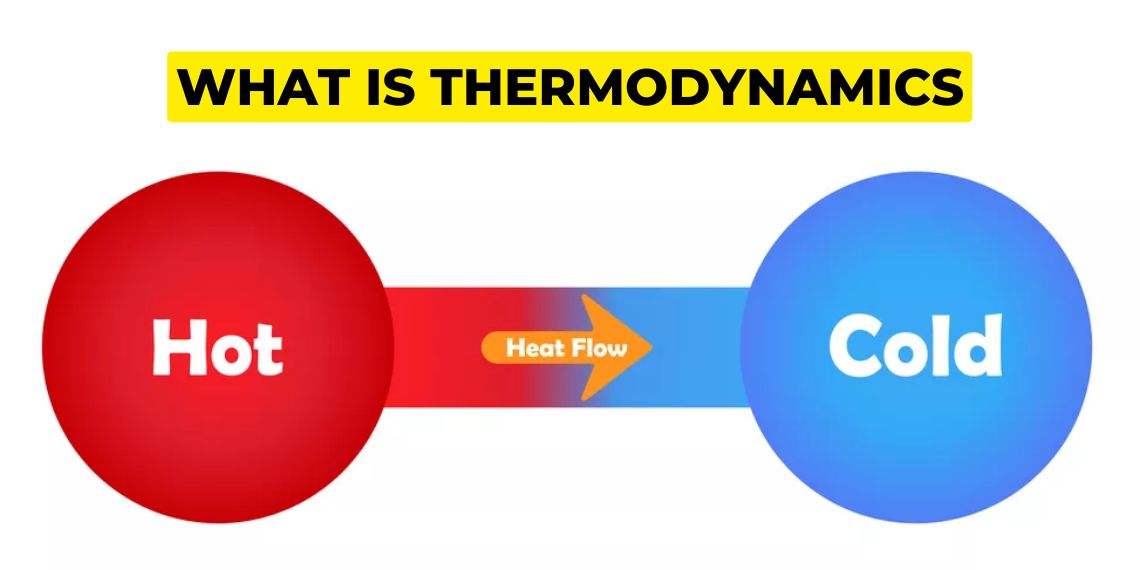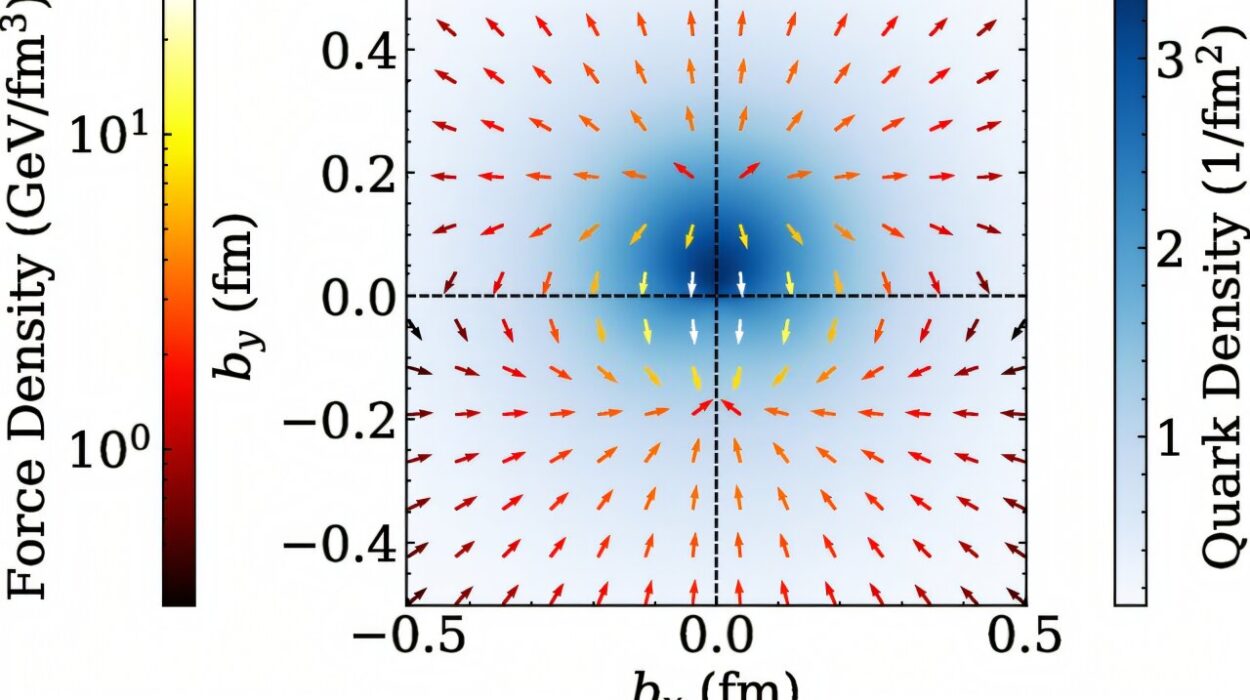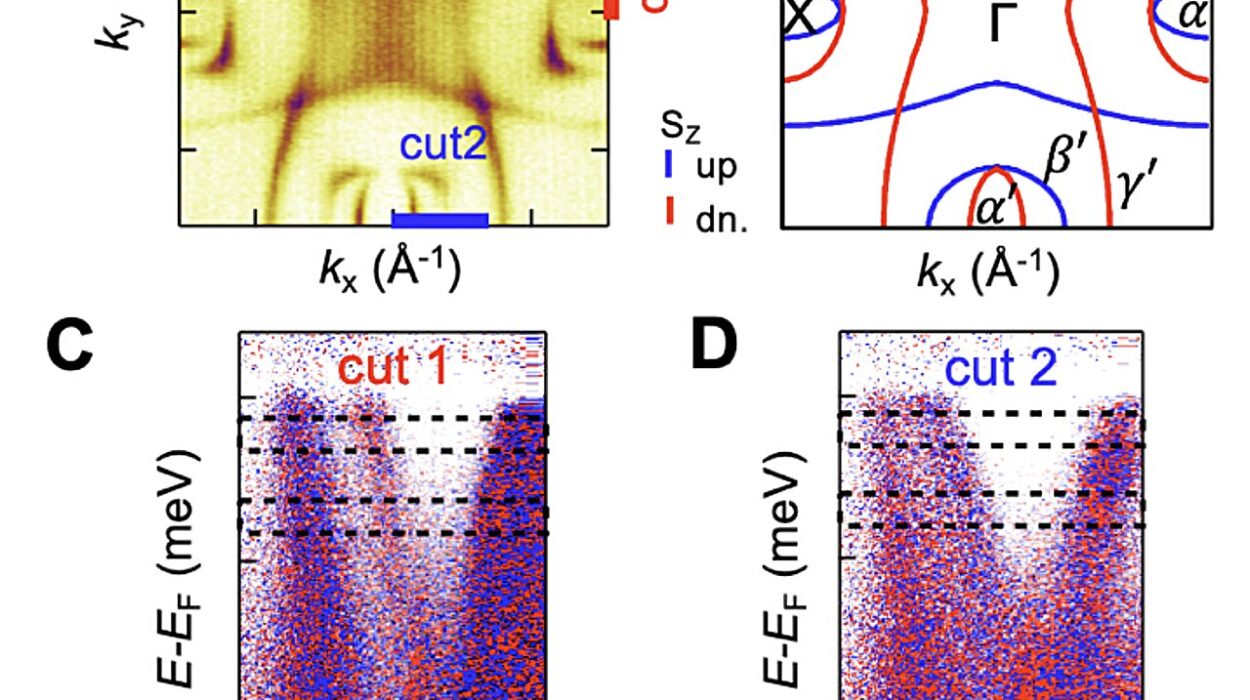In the vast cosmic arena, where galaxies spin and gravity silently choreographs the movement of celestial bodies, something is missing. Ordinary matter—everything we can see, touch, and measure—makes up a surprisingly small fraction of the universe. The rest remains dark, literally and figuratively. Dark matter, an elusive form of matter that neither emits nor absorbs light, holds galaxies together and outweighs visible matter five to one. But what is it made of?
Among the most compelling candidates for this mysterious substance are axions—hypothetical particles so ghostly that they slip through the fabric of space nearly undetected. Conceived in the late 1970s to solve a theoretical conundrum in quantum physics, axions now stand at the frontier of experimental cosmology. A key battleground in this search is the HAYSTAC experiment, where scientists are using cutting-edge quantum technology to tune into the faint whispers of the universe.
The Birth of the Axion Hypothesis
The axion was born from a question of symmetry. In physics, symmetries often reflect fundamental truths. One particular symmetry—the combined transformation of charge conjugation (C) and parity (P)—was expected to hold true in the realm of strong nuclear forces. But it doesn’t. This apparent violation, known as the “strong CP problem,” puzzled physicists.
To resolve this anomaly, theorists Roberto Peccei and Helen Quinn proposed a new mechanism that would restore symmetry by dynamically “dialing down” the CP violation to nearly zero. This idea predicted the existence of a new particle: the axion. Frank Wilczek and Steven Weinberg—both Nobel laureates—gave this elusive particle its name, inspired by a brand of laundry detergent, hoping it would “clean up” the problem.
But what started as a mathematical fix soon evolved into something much bigger.
From Theory to Dark Matter Candidate
While originally devised to solve a problem in quantum chromodynamics (QCD), axions gained notoriety as a dark matter candidate in the early 1980s. Their hypothetical properties fit the bill perfectly: they are extremely light, electrically neutral, and interact incredibly weakly with ordinary matter—traits that allow them to exist in vast quantities without being directly observed.
Three major research groups—led by Pierre Sikivie and Lou Abbott, Michael Dine and Willy Fischler, and John Preskill, Mark Wise, and Frank Wilczek—independently realized that axions could account for the hidden mass of the universe. Sikivie, in particular, proposed an ingenious method for detecting them: the haloscope.
The Haloscope Concept: Listening to the Cosmos
At its heart, a haloscope is a simple but elegant idea. If axions exist, and if they pass through a strong magnetic field, they might convert into photons—particles of light—within a specially designed resonant cavity. This microwave cavity acts like a radio receiver tuned to pick up a whisper from the cosmos.
But there’s a catch: the signals are unimaginably faint, buried beneath layers of thermal and quantum noise. Detecting them requires technology so sensitive that it pushes the boundaries of engineering and quantum physics.
Enter HAYSTAC: A Quantum Leap Forward
The Haloscope at Yale Sensitive to Axion Cold Dark Matter (HAYSTAC) experiment was created to tackle this formidable challenge. A collaborative effort between Yale, Berkeley, and Johns Hopkins, HAYSTAC is not just a detector—it’s a quantum instrument designed to peer into the void and find traces of the universe’s missing mass.
Fifteen years ago, as Karl van Bibber of Berkeley recalls, haloscope experiments were making steady progress in the gigahertz frequency range, probing low-mass axions. But there was a pressing need to explore higher-mass regimes, where post-inflation axions might reside. HAYSTAC was envisioned as a nimble, high-frequency testbed for new technologies—particularly those that could beat the noise.
The Quantum Squeezing Revolution
One of HAYSTAC’s most powerful innovations is quantum squeezing. In quantum mechanics, uncertainty is baked into the fabric of reality. Measurements of one property (like energy) always disturb another (like time or phase), leading to unavoidable “quantum noise.” But clever engineering can redistribute this noise, reducing it in one property at the expense of another—a process known as squeezing.
HAYSTAC became the first dark matter experiment—and only the second physics experiment after Advanced LIGO—to apply this technique. The result? A significant reduction in noise, dramatically boosting the sensitivity of their detector.
By combining this with cryogen-free dilution refrigerators (which cool the system to near absolute zero), the team extended their search across the broadest frequency range to date, probing a crucial region of the axion parameter space.
What They Found—and What They Didn’t
Despite their success in expanding the search territory, HAYSTAC has not yet detected axions. But in science, especially in frontier fields like particle cosmology, absence of evidence is not failure—it’s progress.
Every region of parameter space ruled out helps refine theoretical models and guides future searches. HAYSTAC’s data put tighter constraints on the possible mass and coupling strength of axions, narrowing the haystack in which the needle might be found.
Moreover, the experiment has demonstrated the viability of advanced quantum techniques in fundamental physics—a critical step for future endeavors.
Looking Ahead: ALPHA and CEASEFIRE
The hunt is far from over. In fact, it’s just beginning.
The HAYSTAC team is now working on next-generation experiments that promise to push the boundaries even further. One such effort is ALPHA (Axion Longitudinal Plasma Haloscope Apparatus), which aims to detect heavier axions in the post-inflation mass regime using a novel type of haloscope based on plasma resonance. Unlike traditional microwave cavities, this design leverages collective motion in plasma to amplify signals at higher frequencies.
Another innovation on the horizon is CEASEFIRE, a powerful quantum enhancement technique that uses two-cavity entanglement with state exchange. This approach could accelerate axion searches by an order of magnitude, significantly shortening the timeline for potential discovery.
The team is also exploring single-photon detection using Rydberg atoms, which could detect individual microwave photons produced by axion conversion. These methods promise unprecedented sensitivity and may finally tip the scales in favor of detection.
The Broader Impact: Quantum Tech Meets Cosmology
While HAYSTAC’s primary goal is to detect axions, its contributions go far beyond dark matter. The quantum technologies pioneered in this experiment—squeezing, superconducting cavities, cryogenic electronics—have applications in quantum computing, precision measurement, and fundamental tests of physics.
This marriage of quantum science and cosmology exemplifies a new era of interdisciplinary research, where the most advanced tools of the quantum world are deployed to answer the biggest questions of the cosmos.
A Quest Worth Pursuing
The search for axions is more than a scientific endeavor—it is a philosophical journey into the unknown. These particles, if they exist, would not only resolve a deep puzzle in particle physics but also illuminate the dark fabric of our universe.
The HAYSTAC experiment, with its bold blend of theoretical insight, engineering prowess, and quantum innovation, represents the cutting edge of this quest. And while the axion remains hidden for now, every step forward brings us closer to a universe fully revealed.
In the silence between the stars, a faint signal may be waiting. And with each upgrade, each breakthrough, the chances of hearing it grow stronger.
Reference: Xiran Bai et al, Dark Matter Axion Search with HAYSTAC Phase II, Physical Review Letters (2025). DOI: 10.1103/PhysRevLett.134.151006
